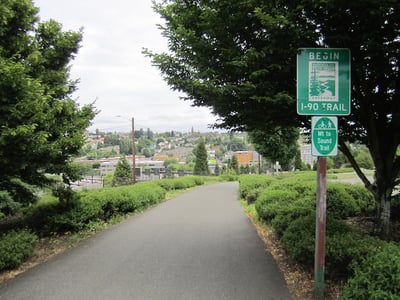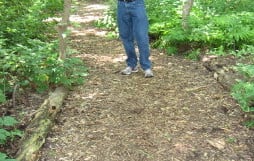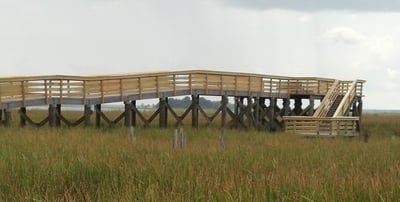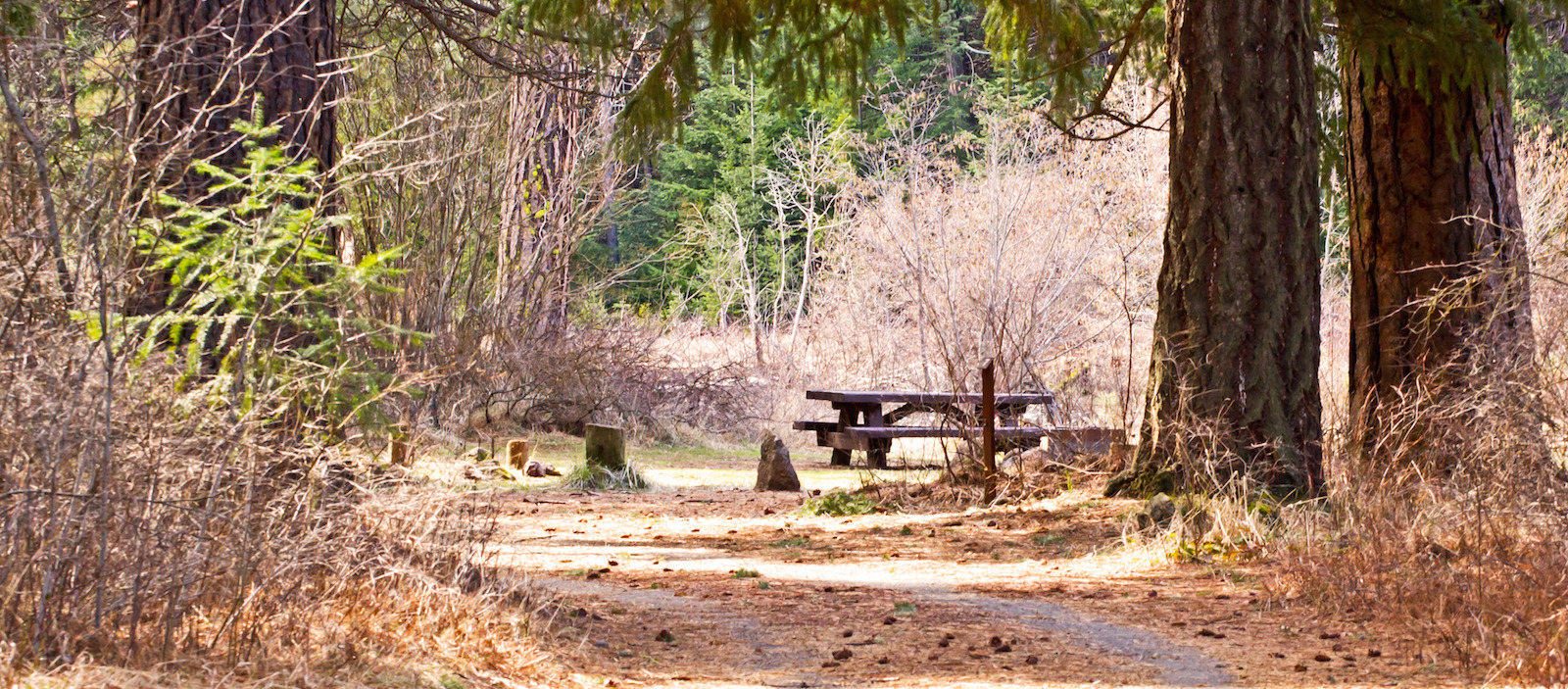A landscape architect or civil engineer has a variety of product choices when designing trails and multi use paths. As with any design project at the conceptual level, successful landscape architects and engineers will consider their client’s site features, environmental factors, and the overall intended purpose of their trail or path. And probably most importantly, their client’s budget!
The design choices seem endless when it comes to multi-use trail surfaces. Below is a quick overview of several common hardscape products.
Asphalt Trails
Properly designed and installed asphalt trails can provide a long-term service life with lower required maintenance than a “soft surface” trail material like mulch or crushed shells.
While mulch or loose stone materials will be cheaper to purchase and install, problems with runoff and drainage are common. Also, depending on how the trail will be used by walkers, runners, cyclists, skateboarders, etc. – these soft surface materials may not satisfy the practical recreational requirements of a finished multi use trail surface. Asphalt offers designers more options to comply with ADA design guidelines, with more stability and reliability of the surface itself.

As Eric West describes in “Building better asphalt trails,” designers working to specify an asphalt segment of a multi use trail must consider these areas in building quality asphalt trails:
- proper drainage
- proper sub-grade compaction
- adequate pavement thickness
- adequate pavement compaction
Asphalt, while a suitable paving material for many multi use trails, carries with it maintenance drawbacks. Fortunately, agency staffs can take care of sealing cracks and other maintenance items on asphalt trails internally. Asphalt doesn’t stay pristine forever; the level of required maintenance will depend on the quality of the asphalt materials, quality of the design, soil conditions and the installing contractor.
Civil engineers and landscape architects working with asphalt trail segments are most likely already familiar with asphalt mix design, subgrade design, thickness, placement, and compaction.
Compacted Stone Walkways
Crushed stone paths, otherwise known as crusher fine trails or compacted stone paths, come in several varieties. These materials are considered a step up in durability and stability level from a simple gravel path, which can be uneven and easily washed away by hard rains and floods. The crusher fines can come from several types of rock, and can range in size from tiny particle dust to larger 3/8’’ individual stone pieces that bind together when properly compacted.

Crushed stone paths are often installed on multi use trails that will primarily service mountain bikes instead of road bikes. While they can be constructed as ADA compliant, crusher fine pathways will most likely be more difficult to enjoy for those trail seekers in wheelchairs. Designers working to specify a crusher fines trail segment seek a balance between crusher fine size (impacting smoothness and accessibility), color, local availability and cost. Properly specified and installed crushed stone paths can be cost-effective solutions to multi use trails, depending on the required erosion control, project site soil types and expected level of usage from multi use trail users.
One challenge with compacted stone paths, which are generally cost-effective and attractive, is that they are still prone to dipping and spreading over time, whether due to heavy traffic or environmental factors.
Compacted stone paths have the same advantage, however, found in gravel paths: they’re permeable and prevent problems from water runoffs. Compacted stone is kept more tightly together than gravel, meaning more of the material will stay in place over time. Sometimes compacted stone paths are overlaid with bricks or widely spaced stones. More often, these are used in personal gardens or driveways.
Bark Mulch Paths

Bark mulch is often used as a soft, casual trail surface. It is generally cheaper than loose gravel or stones, but bark mulch does decompose and wash out – requiring new mulch to be installed every few years. In addition, wet areas or project sites with poor drainage areas will result in a soggy path. Bark mulch is a loose material, so it's not likely to be the best option for multi use paths with high amounts of pedestrian traffic. Bark mulch is often best suited for residential garden trails.
Elevated Boardwalks
Asphalt pathways, crushed stone trails and bark mulch are all installed on grade, which makes them more susceptible to washouts from heavy rains or nearby sources of flowing water. If your multi use trail project extends over several miles, chances are high that at some point in the trail, you’ll need to design a swale or stream crossing, where an elevated boardwalk is necessary.

Commercial boardwalks, whether they’re built with wood, composite or concrete, are more expensive than asphalt, compacted stone or bark mulch trails. While boardwalks are not suited to every environment or project, when designed and installed properly, they do have advantages in longevity and maintenance demands as part of larger, multi use trails.
For example, unlike asphalt or stoner fine trails, elevated boardwalks don’t require a prepared sub grade base, which can alleviate the impact on surrounding marsh, wetland or vegetation areas. Also, without limiting a trail’s alignment, elevated boardwalks allow for continuous drainage and unimpeded stream flow.
No matter what your project, multi-use trail design or otherwise, becoming familiar with all of your trail surface types and hardscape options is integral to specifying the right trail surface for your project.





